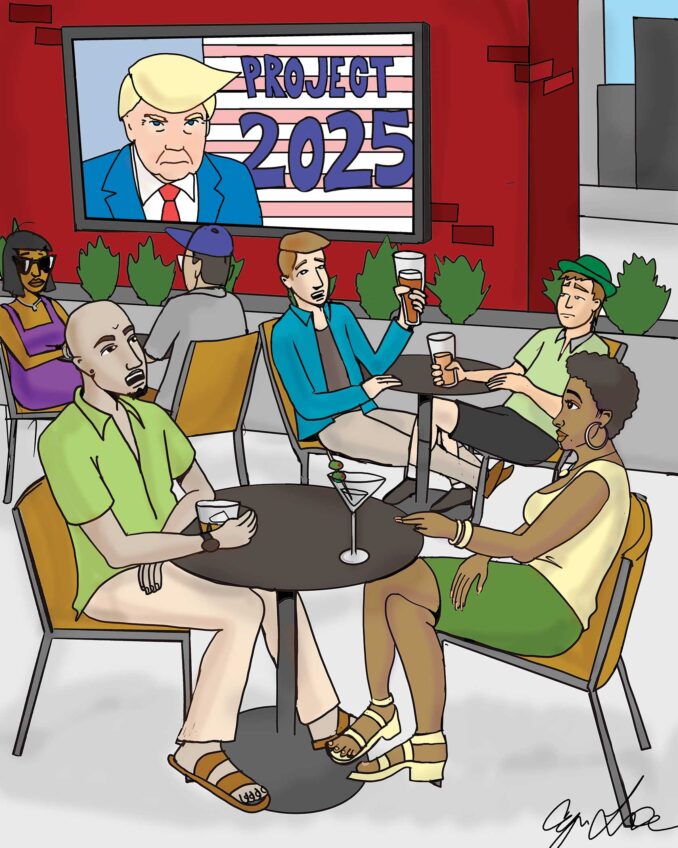America’s most segregated cities likely to stay that way
The recent report that America’s most segregated cities are just as — if not more — segregated than they were a couple of decades ago is hardly a revelation.
The report focused on the top 10 most segregated cities. But this could easily be expanded to find vast and unbroken pockets of racial segregation in many of the nation’s smaller and mid-size cities as well.
A casual drive through any of the major urban neighborhoods in America, a walk through the neighborhood schools, hospitals and clinics reveal the stark pattern of the two Americas. In fact, even three or four urban Americas: an America that is poor, black and Latino; an America that is black and middle class; an America that is white, working class and middle class; and one that’s white and wealthy.
But whichever urban America one travels through, the line dividing the neighborhoods is as deep as the Grand Canyon. There are the usual suspects to blame for the rigid segregation. Poverty, crime, lender redlining, a decaying industrial and manufacturing inner city, white and middle-class black and Hispanic flight, crumbling inner-city schools, the refusal of major business and financial institutions to locate in minority neighborhoods, and cash-strapped city governments that have thrown in the towel on providing street repairs and basic services.
This tells a big part of the story of the chronic segregation, but it’s only part of the story. The painful truth three years after the election of America’s first black president is that there are far too many policy makers, political leaders and many whites that still think that segregation is too much a longstanding, even immutable, way of life in America to ever change. The entire history of Northern urban segregation is damning proof of that.
In the decades before the passage of the 1964 Civil Rights Act, the great migration of blacks from the South before and after both World Wars, and the flight of whites from urban neighborhoods to the suburbs locked in place the economic, social and political mindset that racial segregation was a fact of life in the North and would stay that way. Redlining, zoning laws and the federal government’s deliberate policy of bolstering residential segregation ensured that. Even as the Jim Crow barriers tumbled in the South and blacks and whites mingled in schools, public facilities and more and more neighborhoods, residential segregation in the North remained America’s idée fixe.
Every census report in the post-Civil Rights era and the countless Urban League’s State of Black America reports showed that the inner cities continued to get blacker and browner and poorer, while the suburbs got whiter and more well to do. That trend isn’t likely to change.
With President Barack Obama and Congressional leaders trying to figure out where to cut every penny they can from education, health care and employment programs, there is absolutely no chance of any new spending or initiatives to be put on the legislative table to deal with the continuing decay of urban neighborhoods. Some experts have pointed to the increasing gentrification by young whites and non-blacks of some urban neighborhoods as a hopeful sign that residential segregation could in time pass away.
That’s not likely. In fact, studies have shown that gentrification has not altered the neighborhood racial segregation patterns as much as is popularly presented. Many of the old homes that have been renovated as chic, pricey, apartments and townhouses, have been gobbled up, not by whites and non-blacks, but by upwardly-mobile black professionals. They are upscale, but they are still black, and so are the freshly gentrified neighborhoods they live in.
Urban racial segregation, then, may not be the permanent lot of American society, but if past decades and current policies are any sign, America’s most segregated cities will stay that way for more census counts to come.
Earl Ofari Hutchinson is an author and political analyst.






